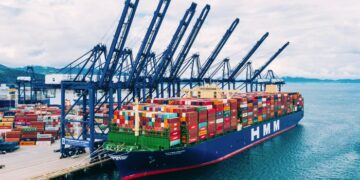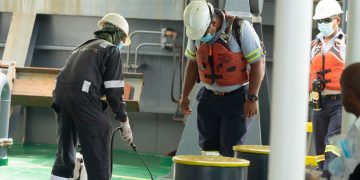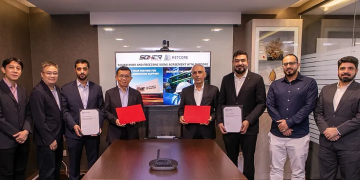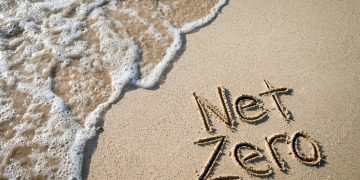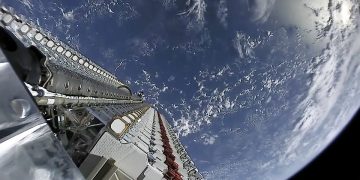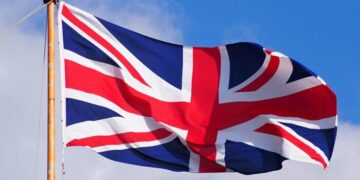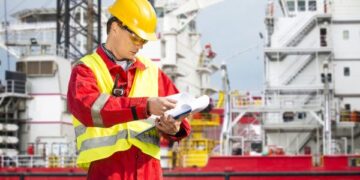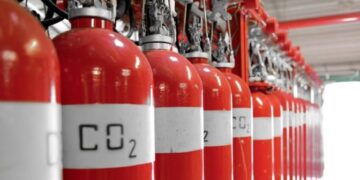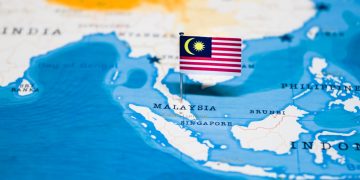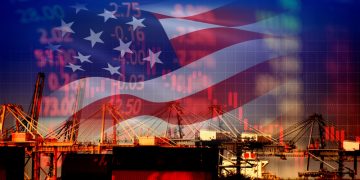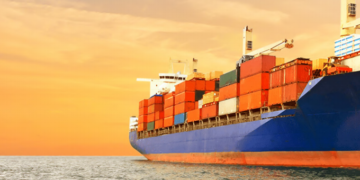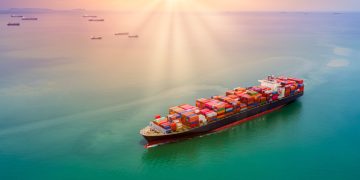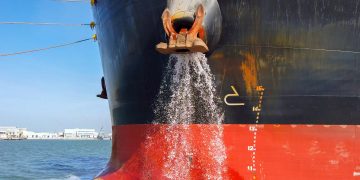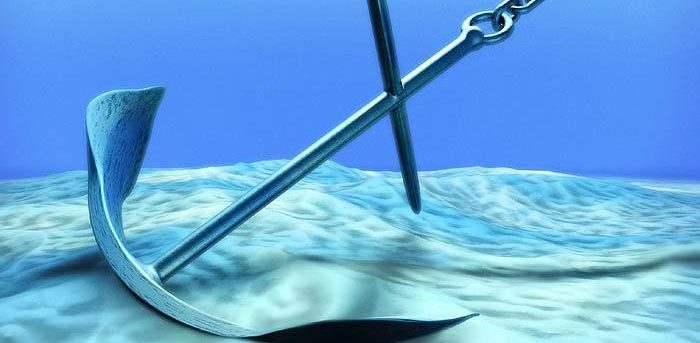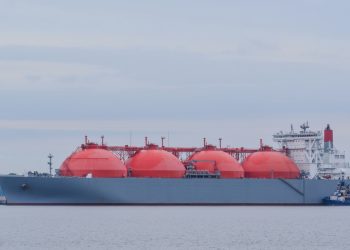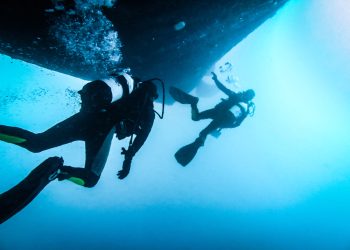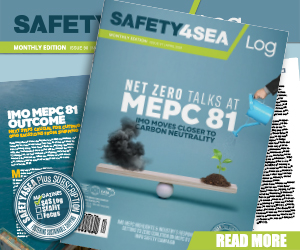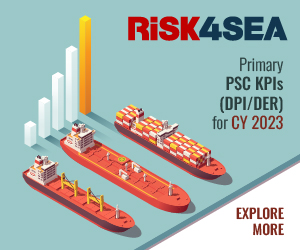Anchor dragging incidents take place regularly in Japan due to the frequency of typhoons. Analyzing these incidents, Captain Hiroshi Sekine, Senior Loss Prevention Executive, UK P&I Club, examines their causes and considers preventive measures.
Incidents analysis
#1 Size of ships that dragged the anchor
According to Mr. Sekine, ships of less than 1,000 tons accounted for half of all accidents.
Japan has a very large number of ships operating on domestic routes and these ships usually anchor in a harbor or bay for safety during a storm. This is probably the reason for this gross tonnage breakdown of anchor dragging accidents
#2 Accidents caused by dragging
Facility damage accounts for almost half of damages due to anchor dragging. More specifically, facilities include wharfs and wharf structures, buoys and other navigation aids.
#3 Wind speed during anchor dragging
The majority of accidents took place when the wind speed is more than 20 meters/second. Taking this into consideration, Mr. Sekine concludes that:
There is a very significant risk of dragging when the wind speed surpasses this level. Furthermore, accident data shows there is a risk of anchor dragging at lower wind speeds too
#4 Anchoring methods
Most of the ships were using a single anchor, and only two ships were held in place by two anchors. According to the UK Club, two anchors are “generally recommended because they provide much greater strength to hold a ship in place when the wind is strong.”
However, as the direction of the wind is constantly shifting during a typhoon, this could cause anchor chains to become fouled when two anchors are used. As a result, “the use of two anchors is not necessarily better in all instances”, and the anchoring method should determined by carefully considering the current conditions.
#5 Types of anchors
Most of the ships that dragged their anchors were using a stockless anchor.
#6 Length of chain
Most of the ships used no more than six shackles. However, Mr. Sekine adds that this length cannot be expected to provide sufficient holding power.
The anchor plays a critical role due to the need to maintain the greatest possible holding power during very high winds. Consequently, the length of the chain must be determined in accordance with current weather and sea conditions
Causes and preventive measures
#1 Other causes
Many ships had problems involving the anchoring method during high winds. In addition, the ship’s master and other crew members underestimated the force exerted on the ship by very strong wind.
Moreover, the majority of anchor dragging accidents occur during a typhoon because of the frequency of these storms in Japan. As a result, when a typhoon is approaching, a ship’s crew must carefully examine the path and likely effects of the storm.
In addition, UK Club mentions that for five of the accidentsthere are no anchor watches after anchoring, and this is common practice in small ships.
#2 Maximum wind speed for safe anchoring
When a ship’s crew decides to anchor the ship during a typhoon, they must know the maximum permissible wind speed for anchoring the ship. This wind speed can be calculated by using ship data and external forces. T
he crew must determine the maximum permissible wind speed before anchoring the ship. Once external forces overcome the anchor holding power, it will no longer be possible to anchor the ship for safety during a storm
expains Mr. Sekine.






